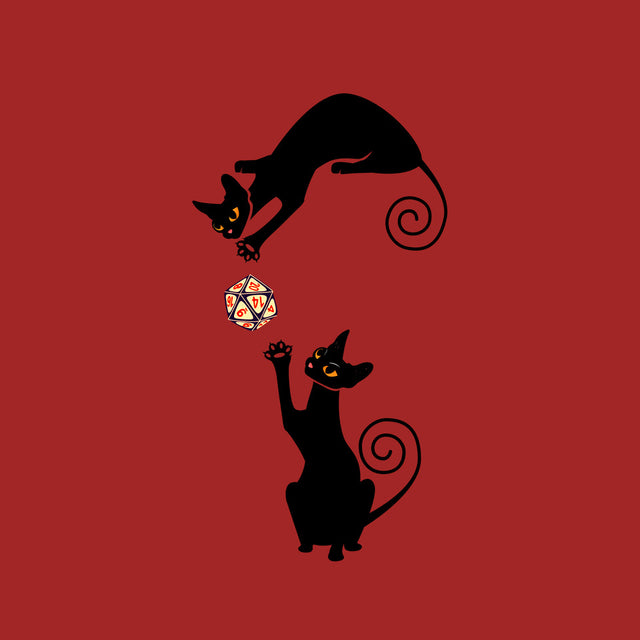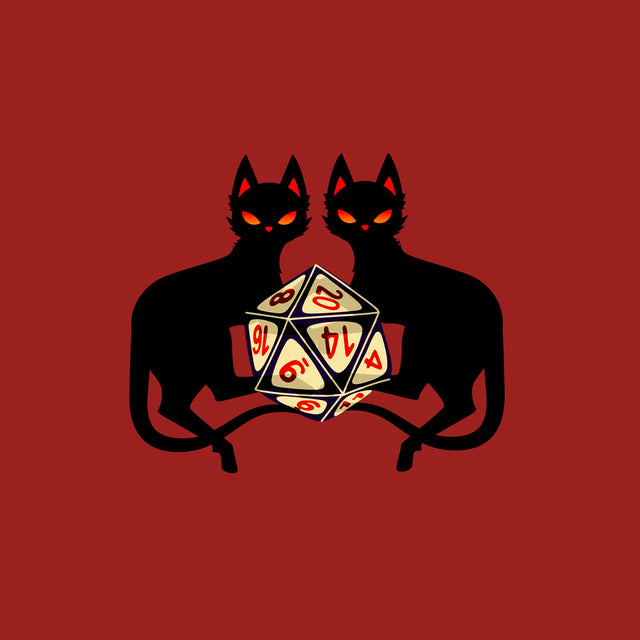Behind the Screen - Movement and Space

Welcome to another insightful edition of "Behind the Screen" where we discuss the various rules and mechanics that we use in our weekly games of DnD. This time round it's all about movement and space. The reason for this is that in both our games we love to use minis and 3D printed scenery (Dungeon Blocks) for our combat encounters. The big reason for this is that they are immensely helpful when determine how far characters and monsters move, lines of sight and cover. Also because they are just soo cool!
To date, we've been playing quite a free flowing game forsaking realism for ease of play but now that our parties of adventurers are gaining levels and facing tougher threats we need to reign this in a bit and one of the first things is movement and in particular, moving diagonally. It seems like a small issue but in reality a creature with a movement rate of 30 feet moving constantly in a diagonal direction across the dungeon blocks would actually be moving nearly 50% further. In some instances this would mean that a character or creature can get into range quicker or negates the need to use it's dash action. Therefore having consulted the DMG we will be using the optional rules to mitigate this. So now when moving diagonally the first square will be 5ft with the next then being 10ft or simply each 2 squares moved diagonally equals 15ft.
Space. How much space does a character or creature occupy/control. Again there are rules for this in the DMG which are used. The issue we've had here is scale. Medium creatures which includes majority of characters control 5ft or 1 square of a dungeon blocks. Each dungeon blocks is 35mm x 35mm which is larger than the standard 1inch square and a number of our models fit nicely onto small bases but in game terms they are in fact large creatures and when using blocks you need a large base to help show the area they control. So to overcome this we're going to quite simply blue tack our lovely existing based minis onto larger bases. A good example of this is our Druid who transforms regularly into a brown bear which is technically a large beast.
Finally the last ruling we're looking at implementing is facing and direction. This is so we can utilise the unseen attacker mechanics a bit more especially now that characters have got to level 5 and are a bit sturdier. It also gives the rogues in our parties some additional help in trying to hide and the use of surprise. This we will discuss in the next session as to how exactly it will work, but as we use a great range of minis for combat in our games it makes sense that at the end of a movement the character can choose which way they are facing.
Hopefully these rules will help to make our games better and more fun on both sides. Time will tell and we'll report back soon on how things are going.
Have fun and keep gaming.




Leave a comment
All comments are moderated before being published.